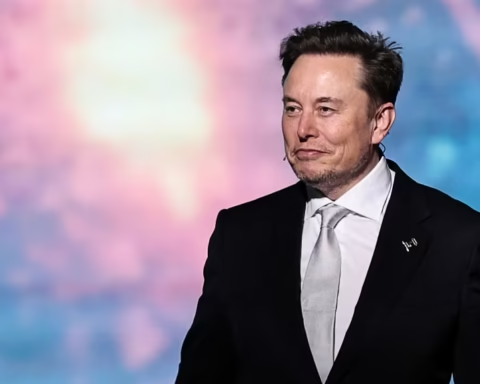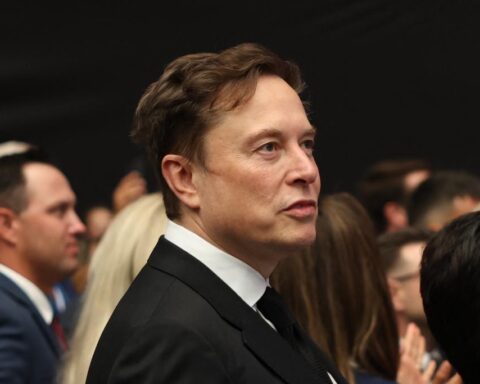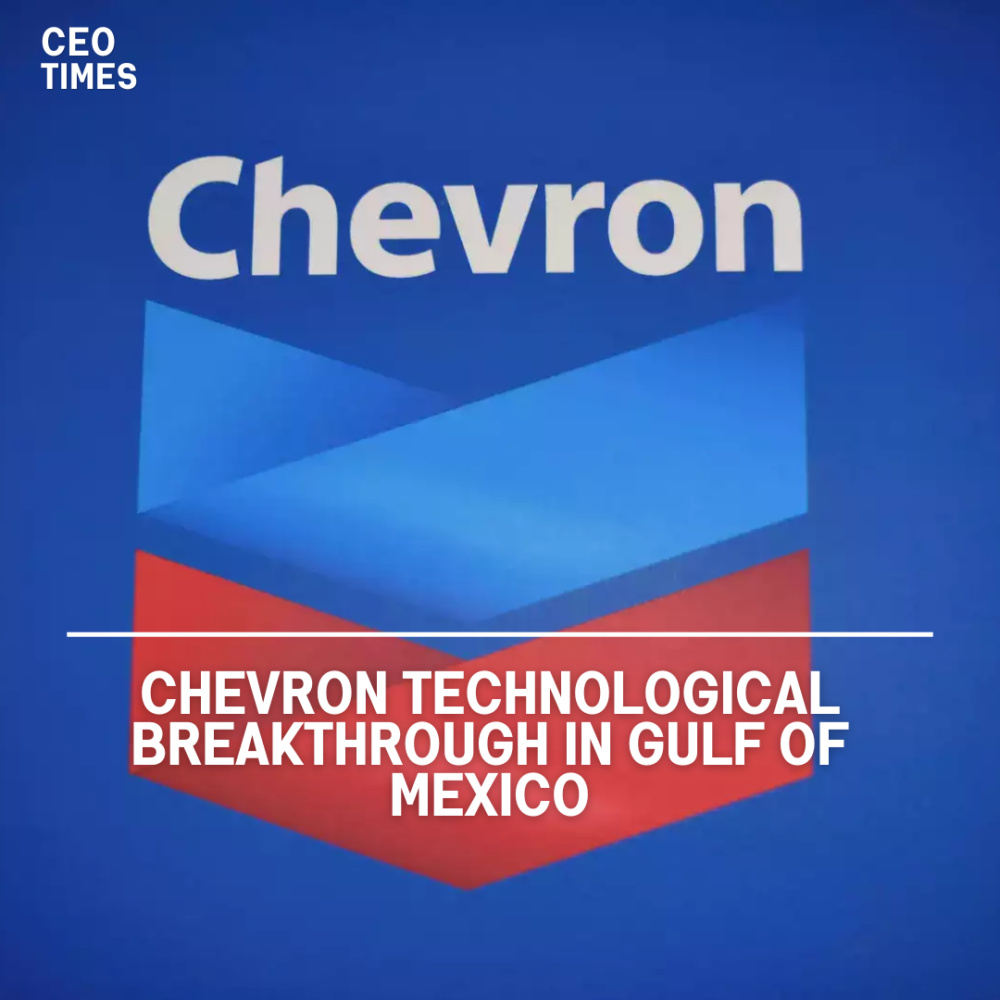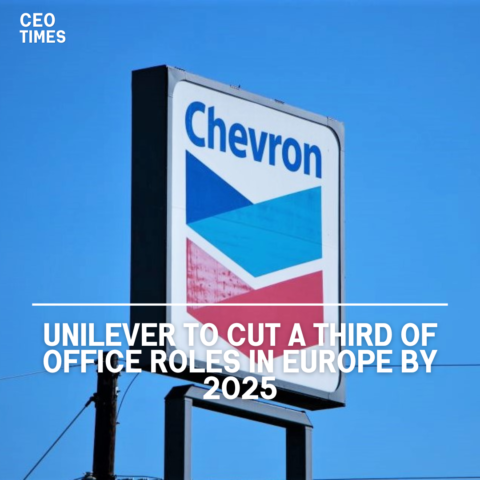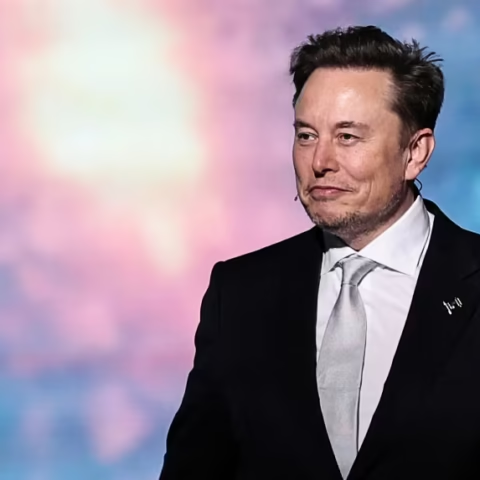Chevron has announced a significant technological achievement, marking the first oil production from a U.S. Gulf of Mexico field under extreme subsea pressures. This development represents a milestone in deepwater oil extraction, opening up previously inaccessible areas due to technological limitations.
The Anchor Project: A $5.7 Billion Venture:
The project, named Anchor, is a $5.7 billion initiative by Chevron in partnership with TotalEnergies. This project is set to revolutionize deepwater production, allowing oil extraction from areas with subsea pressures of up to 20,000 pounds per square inch (psi). Such pressures had previously rendered these resources off-limits due to inadequate equipment.
Located about 140 miles off the coast of Louisiana, the Anchor development is expected to produce oil and gas for 30 years. At its peak, the floating platform will be capable of pumping up to 75,000 barrels of oil and 28 million cubic feet of natural gas daily. The field is estimated to contain 440 million barrels of recoverable oil and gas.
Industry Implications and Future Projects:
Chevron’s success with the Anchor project is expected to pave the way for similar high-pressure deepwater developments. Chevron’s Executive Vice President, Nigel Hearne, emphasized that this “industry-first deepwater technology” would unlock previously inaccessible resources, potentially transforming the industry’s future.
Beacon Offshore Energy, another U.S. oil company, plans to replicate Chevron’s 20,000-psi technology at its Shenandoah deepwater field, also located off the coast of Louisiana. Although the project has been delayed, the first oil is anticipated by the second quarter 2025.
Historical Context and Technological Advancements:
The Gulf of Mexico’s first 20,000-psi field, named Kaskida, was discovered by BP in 2006. However, the subsea technologies at that time were not advanced enough to allow for development. Recently, BP approved the development of Kaskida, planning to utilize new subsea equipment designs with an expected start of production in 2029.
Chevron Commitment to Safe and Efficient Production:
Chevron’s Anchor project involves seven subsea wells connected to a floating production platform. Bruce Niemeyer, head of Chevron’s America’s oil and gas production, highlighted that this milestone demonstrates Chevron’s capability to safely deliver projects within budget in the Gulf of Mexico, further solidifying the company’s leadership in the energy sector.
This breakthrough underscores Chevron’s technological prowess and signifies a new era of deepwater exploration and production, with potentially vast implications for the global energy landscape.




